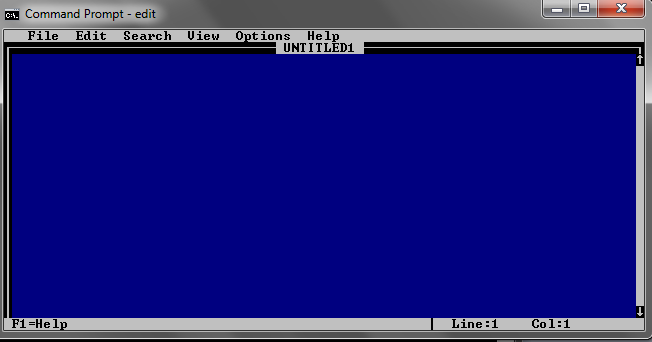

- #Aplikasi menggunakan bahasa assembly how to
- #Aplikasi menggunakan bahasa assembly manual
- #Aplikasi menggunakan bahasa assembly full
- #Aplikasi menggunakan bahasa assembly Pc
#Aplikasi menggunakan bahasa assembly full
Since the 3-pin fan cannot use the onboard fan control, the fan will always operate at full speed. A fan with a 4-pin connector is recommended, however, a fan with a 3-pin connector can be used.
#Aplikasi menggunakan bahasa assembly how to
Install the processor fan heatsink or thermal moduleįor complete instructions on how to attach the processor fan heat sink (for ATX-based boards) or thermal module (for BTX-based boards), refer to the boxed processor manual.Ĭonnect the processor fan heat sink cable to the 4-pin processor fan header. Pressing down on the load plate (A) close and engage the socket lever (B).Lower the processor straight down without tilting or sliding the processor in the socket. Make sure fingers align to the socket cutouts (A). Hold the processor with your thumb and index fingers oriented as shown in the figure below.Always replace the processor cover if the processor is removed from the socket. Do not discard the protective processor cover. Hold the processor only at the edges, being careful not to touch the bottom of the processor. Remove the processor from the protective processor cover.Always replace the socket cover if the processor is removed from the socket. Do not discard the protective socket cover.


Refer to the quick reference guide that came with the board for the location of the screw mounting holes. If you have a BTX-based board and chassis, be sure to first install the SRM that comes with the BTX chassis, if not already pre-installed. Secure the board to the chassis using the screws provided with the chassis.
#Aplikasi menggunakan bahasa assembly manual
Refer to your chassis manual for specific instructions on installing and removing the desktop board. Press the shield into place so that it fits tightly and securely. Place the shield inside the chassis as shown in the figure below. Install the I/O shield before installing the board in the chassis. The board comes with an I/O shield that is used to block radio frequency transmissions, necessary to pass emissions (EMI) certification testing, protect internal components from dust and foreign objects, and promote correct airflow within the chassis.
#Aplikasi menggunakan bahasa assembly Pc
The following is a step-by-step integration guide that provides basic information needed to correctly build a PC based on an Intel® Desktop Board. If such a workstation is not available, wear an antistatic wrist strap or touch the surface of the antistatic package before handling the board. Install the board at an ESD-controlled workstation.


 0 kommentar(er)
0 kommentar(er)
